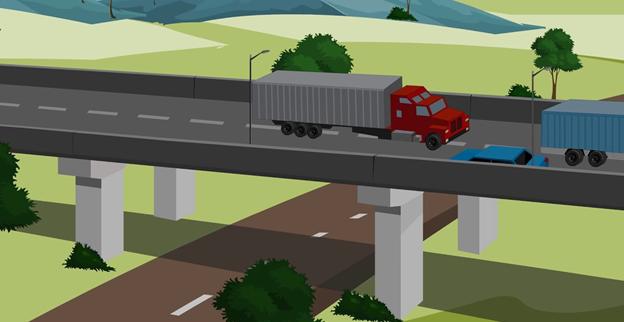The elasticity of the materials is the specific property which helps to resists the permanent change when any sort of stress is applied to this body. When the stress application is stopped the body can regain the original size and shape. The elastic behavior is different for different materials. The study of the properties that are responsible for the elastic behavior is significantly important. For all kinds of engineering designs, the knowledge of the elastic behaviors of the materials is required. For the construction of the different structures such as the columns, beams, pillars, and bridges the sound knowledge about the strength of the different materials used for the construction is essential.
Why Materials Shows Elastic Behavior
In the real world, the perfect elasticity is an approximation. In nature, there is no perfect elastic body and it is just a concept. The physical reasons responsible for the elastic behavior in the different materials vary greatly. In the metals, the size and the shape of the atomic lattice are changed when some external forces are applied. By the removal of forces, the lattice regains the original shape as it is back to the lower energy state.
Application of the Elastic Behavior
The high elasticity is attributed to the rubber strip of the slingshots. Elasticity helps the material to avoid any significant changes in the shape, size, and structure. The materials regain the original shape after removing the stress. For example, before the construction of any bridge, the maximum load of the traffic that can be withstood by the traffic should be measured adequately, before the start of the construction work. During the construction process, the cranes are used for lifting the load, so it should be considered that the extension of the rope of the crane should not exceed the elastic limits of the rope used in the crane.

Use of Steel for Construction of Bridges
The steel has the most favorable and highest strength qualities and due to this reason, it is widely used for the construction of bridges. It is the most suitable material for the daring bridges which have the longer spans. The steel used for the normal building purpose has the compressive properties and the tensile strength of about 370 N/sq mm. As compared to the compressive strength of the medium concrete the compressive strength of the steel is ten times greater and the tensile strength is 100 times greater. The steel is highly favorable due to the ductility, the property that causes the deformation before its breaking as it starts yielding the more stress level.